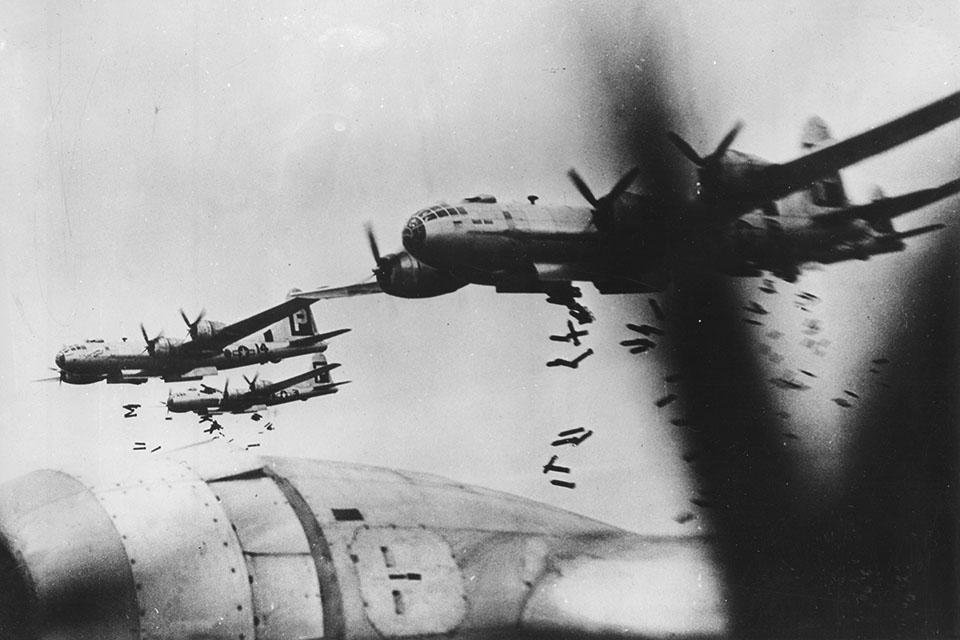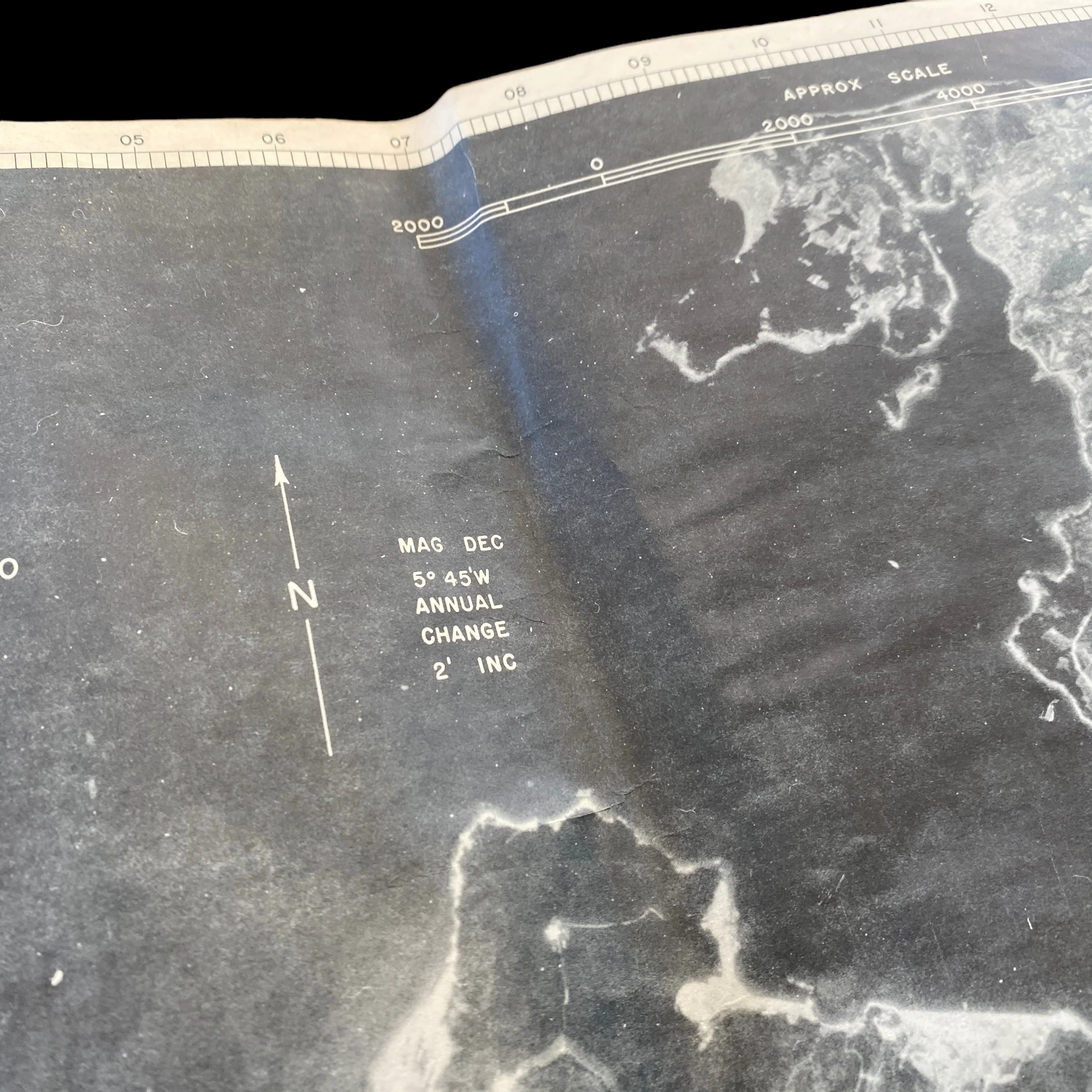RARE! WWII 1945 Mission #259 B-29 Navigator XXI Bomber Command WAKAYAMA (MARUZEN OIL REFINERY) JAPAN Target Air Raid Mission Target Photo Map*



















RARE! WWII 1945 Mission #259 B-29 Navigator XXI Bomber Command WAKAYAMA (MARUZEN OIL REFINERY) JAPAN Target Air Raid Mission Target Photo Map*
Comes with hand-signed C.O.A.
These XXI Bomber Command target photo maps rarely come up for sale in the public sector. This is a once in a timeline chance to own a piece of B-29 WWII history.
July 9th, 1945 - Mission #259 - B-29 Air Raid on WAKAYAMA (MARUZEN OIL REFINERY)
This incredibly scare and museum-grade ‘RESTRICTED’ WWII XXI Bomber Command (20th Air Force) TARGET AERIAL PHOTO MAP CHART was used during the USAAF long-range bombardment operations, against Japan until mid-July 1945. The XXI Bomber Command was headquartered at Harmon Field, Guam, in the Mariana Islands.
Dated July 1945 and titled “WAKAYAMA (MARUZEN OIL REFINERY) AREA - TARGET NO. 90.25 URBAN”, this A-2 SECTION was produced in limited quantities with previous aerial reconnaissance mission photos by the 3rd Photo Reconnaissance Squadron taken on June 1st, 1945.
This navigators and bombardier aerial photo chart map was specifically creating using the most updated military intelligence in order to give B-29 Superfortress aircraft the most accurate target information. This was done for fast and effective target identification as well as accurate navigation and bomb/incendiary accuracy. These target photo charts were handed to B-29 crews during the target mission briefing and were then carried on the B-29 aircraft to used during the raid itself.
These aerial photo charts were referenced during pre-mission briefings as well as when the bombardier was approaching the target. This was meant to provide the B-29 bombardier with the most real view of his target for the best target identification. The most important primary target buildings were always outlined and marked with a number to be referenced on the target key.
History of XXI Bomber Command B-29 Air Raids on WAKAYAMA (MARUZEN OIL REFINERY):
Actually, the attacks had begun before the 315th Wing was ready for combat. The first came on 10 May and was considered, by Nimitz as well as LeMay, as a blow in direct support of the Okinawa battle.75 It was a three-pronged strike, with the 73d Wing hitting the Third Naval Depot at Toltuyama; the 314th, the Iwakuni Army Fuel Depot; and the 58th, oil storage installations at Oshima. Most of the planes bombed visually and each attack was successful; damage ranged from 20 per cent at Tokuyama to 90 per cent at Oshima and would have been heavier had it not been for the lack of oil in many tanks and pipes.76 On 22 June, six B-29's of the 313th Wing, unable to find their primary target, dropped seventeen 4,000-pound bombs on the Second Naval Fuel Depot at Yokkaichi, damaging about 15 per cent of the plant.77 Besides these storage areas, several refineries were hit by one or another of these wings, incidentally in area attacks or as targets of opportunity. a strike against the Utsube Oil Refinery at Yokkaichi, the top-priority target. By 14 August the wing had run fifteen missions against ten targets, petroleum refineries or synthetic plants, which included besides the first: Maruzen Oil Company at Wakayama; Mitsubishi Oil Company at Kawasaki; Nippon Oil Company plants at Akita, Kansai, Kudamatsu, and Amagasaki; Imperial Fuel Industry Company at Ube; and Toa Fuel Industry at Wakayama.78 In all, the 315th Wing dispatched 1,200 planes, of which 1,095 bombed primary targets, dropping 9,084 tons of 500-pound GP's, the bomb considered most effective against the scattered installations attacked. The very heavy bomb load lifted was possible because the planes were stripped and bombed individually at night; with experience, the crews were able to increase the weight carried from an average of 14,631 pounds on the first mission to 20,684 on 9 August. Removing most of the guns did not prove too dangerous: only four planes were lost and sixty-six damaged during the entire campaign.
Wakayama, Japan / 50% destroyed by firebombing air raids.